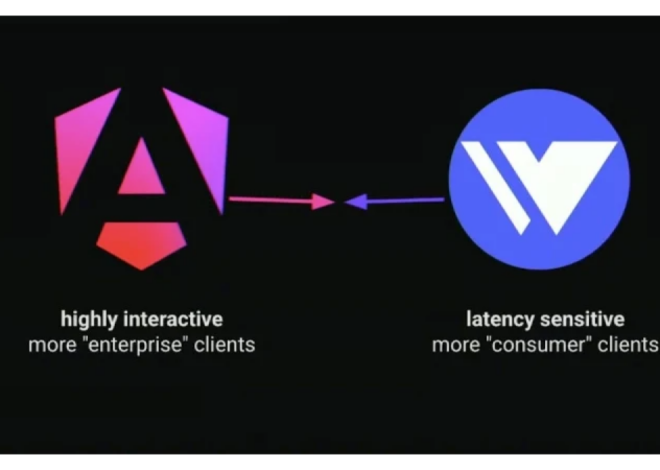#AngularFramework
Best Way to Learn Angular CRUD Project In 3 Step Without using API
If you’re eager to master Angular CRUD projects but don’t want to dive into APIs just yet, fear not! You can embark on a journey to proficiency in just four steps. Angular CRUD projects involve Create, Read, Update, and Delete operations, and by following this simple roadmap, you’ll soon be navigating them with confidence. Angular […]
Angular and Wiz Merge: A Major Development in Web Development Frameworks
Angular and Wiz Merge: A Major Development in Web Development Frameworks In the dynamic landscape of web development, the convergence of technologies often heralds significant advancements. Recently, the union of Angular and Wiz, two prominent frameworks, has emerged as a major development, poised to reshape the way developers build web applications. This collaboration promises to […]


